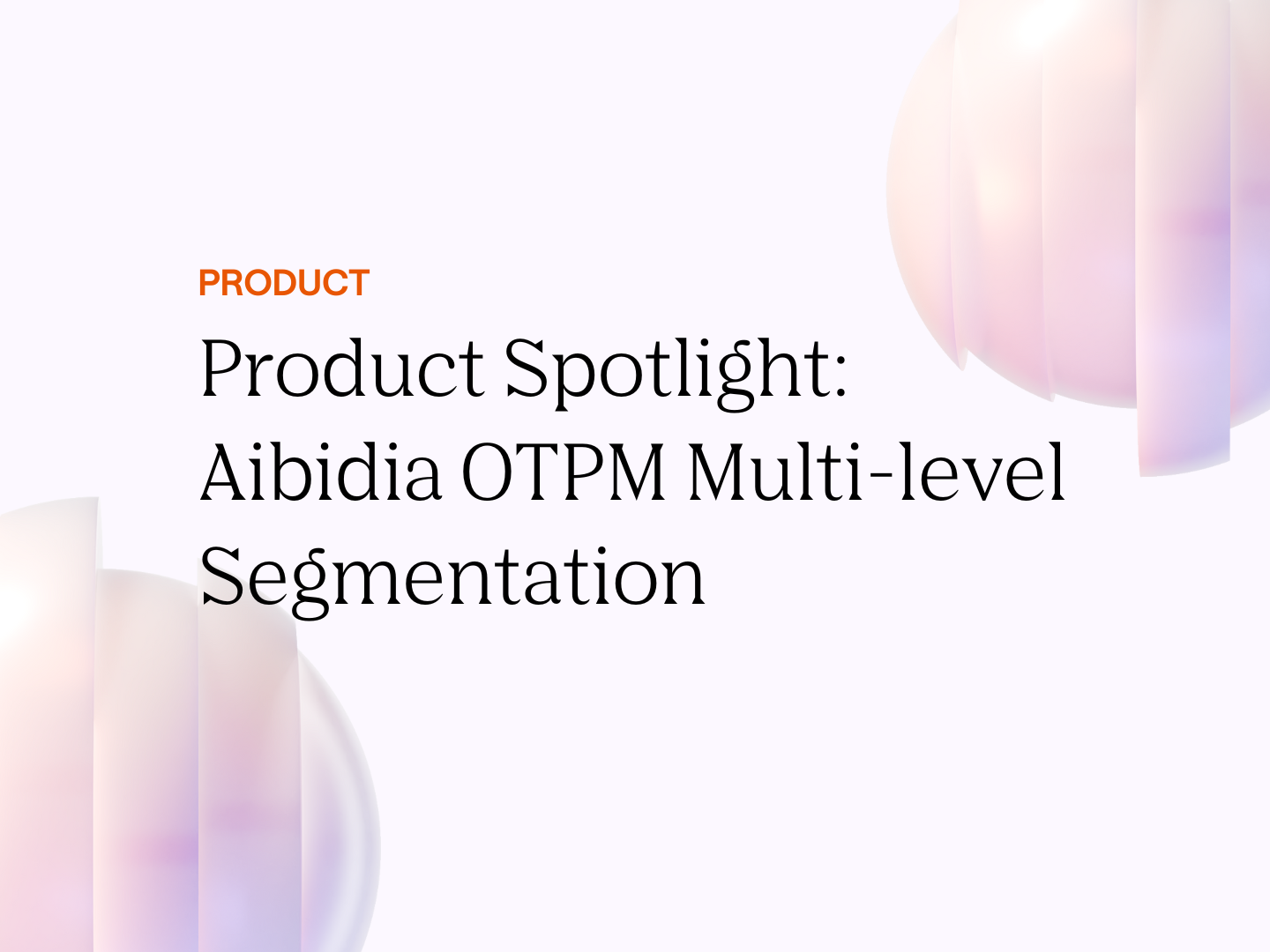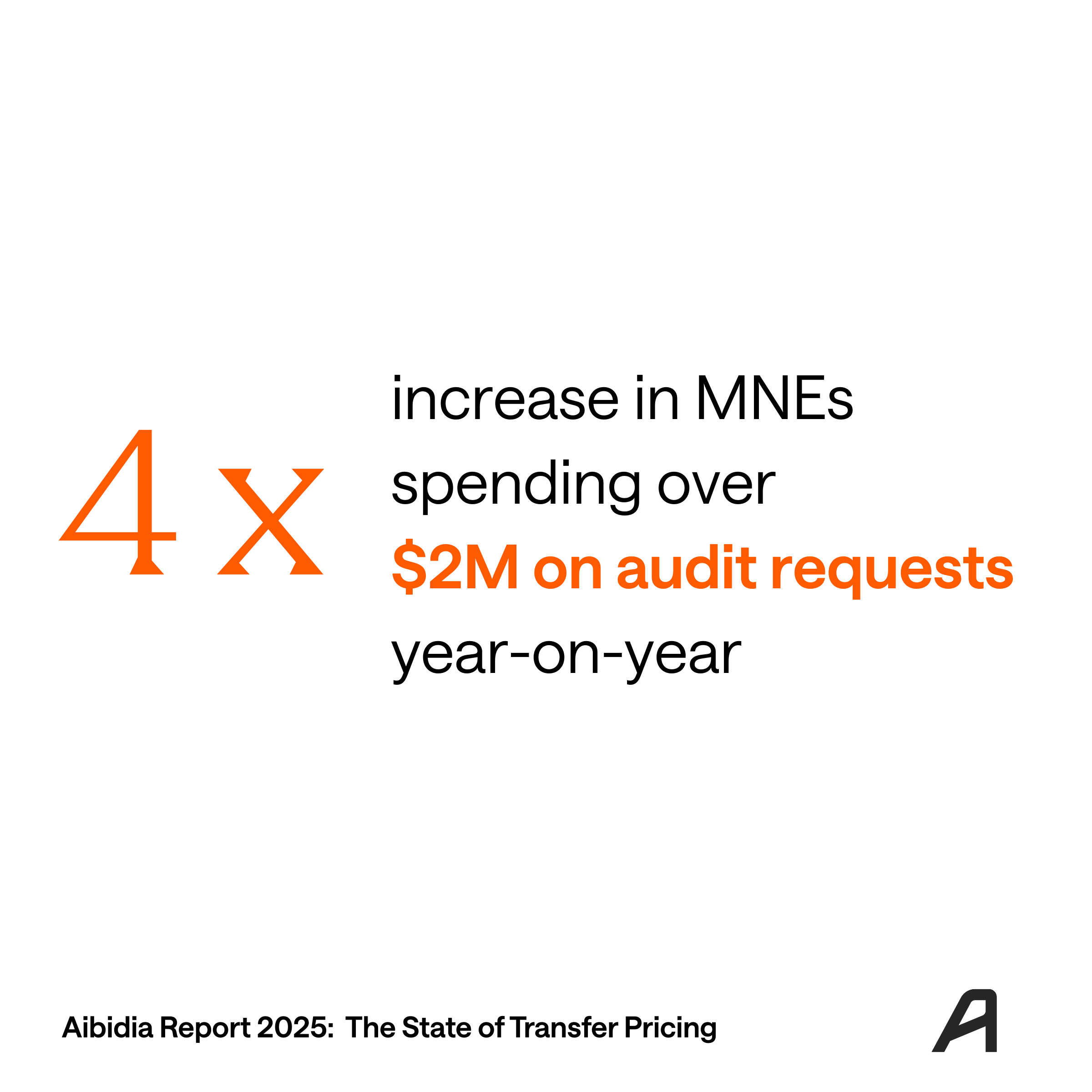The digitalization of tax administrations has been well underway for years. OECD has published several reports and papers on the matter, and in April 2022, it launched the first phase of a new global Inventory of Tax Technology Initiatives (ITTI). ITTI contains information on how 76 tax administrations have implemented digital solutions and use leading technology tools – this should help filling the information gap and accelerate the digitalization of tax administrations across different jurisdictions. Along with the digitalization of the economy, tax administrations also face the journey of digital transformation. One of the key concepts of digital tax administration is Tax Administration 3.0, introduced in 2020 by OECD.
Tax Administration 2.0: The Old Way
Traditionally, tax administrations relied on forms and reports, often submitted on paper and sometimes electronically. This approach is called “Tax Administration 2.0” and it was dominating in the last decades.
In the 2.0 tax world, tax compliance is rarely built into the business processes or systems MNEs use, which results in additional active steps to be taken to understand, process, and report tax issues. Tax administrations manually review massive amounts of data collected from MNEs (sometimes with the help of limited technology). They flag potential risks based on limited information, or even randomly select companies for tax audits. In the traditional process, the delay between the actual transaction and compliance activities might be several years, not to mention possible audits. Understanding the transaction or finding evidence to support the pricing retrospectively can be difficult or even impossible, which increases the risk of adjustments, penalties and disputes. The reporting process itself is manual, slow, and costly, and often ends with poor results. Tax administration 2.0 with disconnected ecosystems imposes a heavy burden on the taxpayer and the tax administration, which could be resolved with technology-based contemporaneous reporting.
Tax Administration 3.0: Brave New World
The concept of Tax Administration 3.0 introduces a data-driven and real-time approach to compliance. Digitalizing all aspects of tax administrations enables interoperable ecosystem, where data validation and risk assessment can be done automatically on a transaction-by-transaction basis, allowing a proactive approach to auditing. In addition, systems can automatically flag discrepancies and notify the MNE, which can then address the issue without requiring a lengthy process with the tax administration. Utilizing digital platforms can also enhance international co-operation as the data will be automatically shared with relevant jurisdictions.

What’s next for companies?
Rising number of audits has been identified as one of the biggest trends in transfer pricing for the coming years, with one of the reasons being the growing complexity of business operations due to the digitalization of the economy. [1] As reporting obligations are likely to increase following the reform of the international tax system, and with an increasing number of tax administrations introducing requirements for specific electronic formats to be used for transfer pricing reporting, MNEs need to prepare to meet the increasing demand for documentation. The best way to tackle this challenge and prepare for the Tax Administration 3.0 world is by digitalizing transfer pricing.
Introducing a structured data model and digitalized processes can help businesses take control of their transfer pricing and comply with the stringent requirements of tax administrations. The time and cost spent on transfer pricing compliance can be lowered significantly through automatization, while improving tax certainty. In addition, automated real-time processes reduce transfer pricing risks, as digital transfer pricing tools can detect discrepancies in real-time and large year-end adjustments can be avoided. In practice, digital transfer pricing results in a nearly constant audit-readiness and enables an effective semi-automated dialogue between the tax administration and the taxpayer. Read more about digital transfer pricing here.
[1] EY





%20(2).png)



.png)

.png)
.png)






.svg)
